Replacing your siding is a necessary task, especially in environments with dramatic ranges in temperatures like Minnesota. Some materials can be wasteful, but one manufacturer, James Hardie producers of fiber cement siding, goes the extra mile to be as environmentally friendly as possible.
 Photo - jameshardie.com
Photo - jameshardie.com
Materials Fiber cement siding itself is extremely environmentally friendly. It’s composed of completely natural, sustainable raw materials which have very low toxicity levels. Those materials are cellulose fiber, cement, sand and water. They’re taken from regional, domestic and local sources as much as possible, but even when they need to be shipped in from elsewhere; they’re never taken from endangered environments.
Manufacturing The eco-friendly nature of this siding continues throughout the manufacturing process. James Hardie is constantly experimenting with new methods to increase the amount of waste materials they can recycle and minimize that which they can’t reuse. Currently, they’re working on a process to reuse all of the water they need for the manufacturing process. Because factories are spread throughout the country, they also use less fossil fuel in transportation.
Final Product Once the siding is completed and installed, it continues the trend of good stewardship. Because it’s so durable, it lasts longer than competing cladding options, which means there’s less need for new manufacturing. In addition to protecting your home, it allows great air circulation without impeding water drainage. This lowers the chance of mold growth or water damage to underlying structures, which means there’s less need for materials to go towards expensive repairs. In addition, James Hardie has come up with a system to design products tailor made to the different needs of the various climates across the country.
When the time comes to update your cladding, fiber cement siding by James Hardie is kind to the environment and one of the strongest options out there.
Subscribe to Quarve Contracting's Blog
 Photo - jameshardie.com
Photo - jameshardie.com

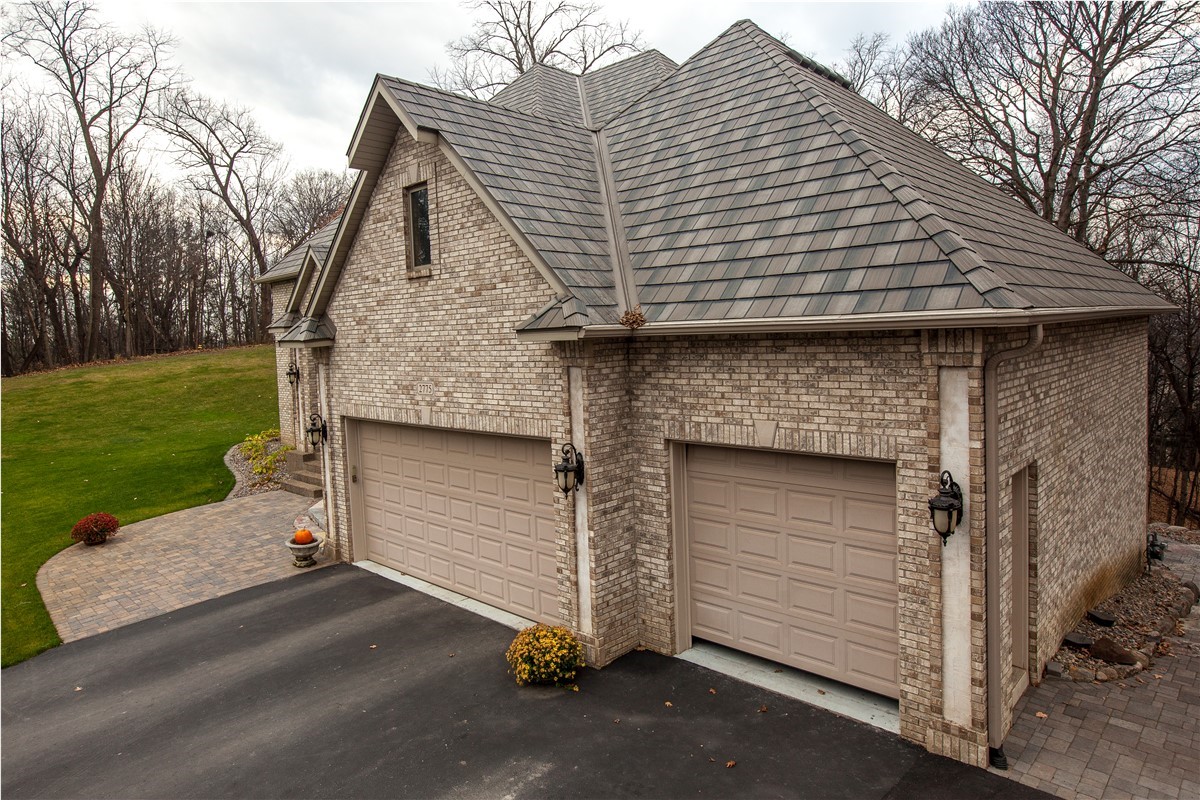
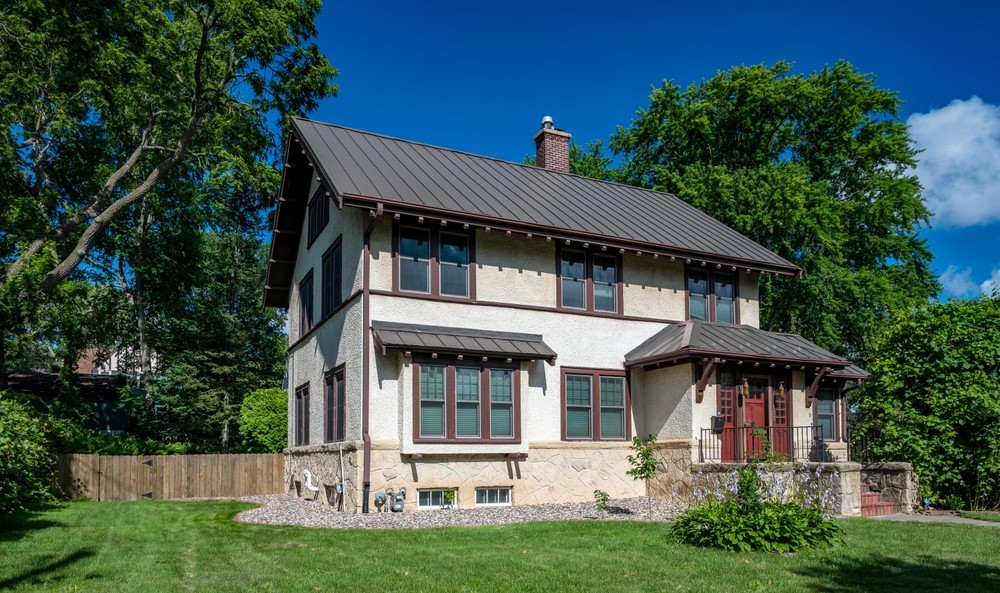
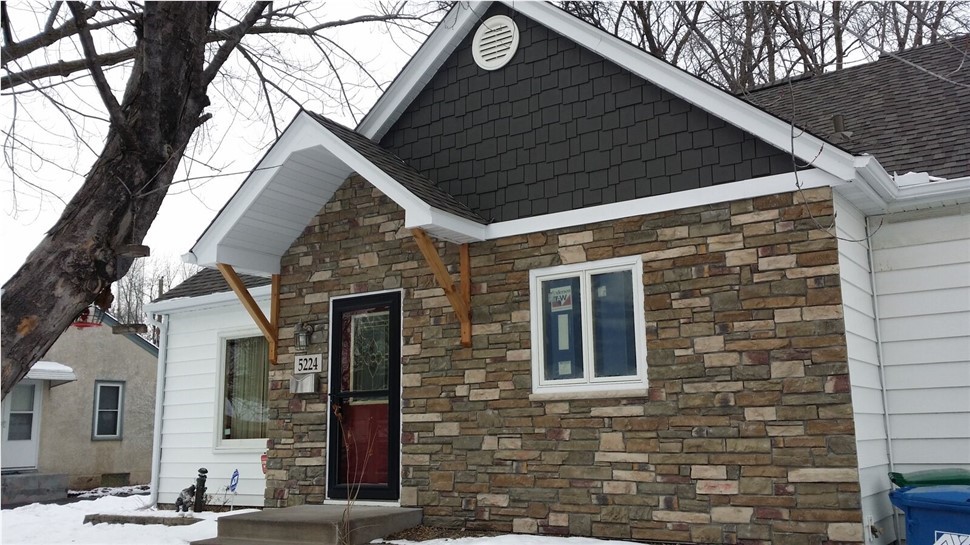
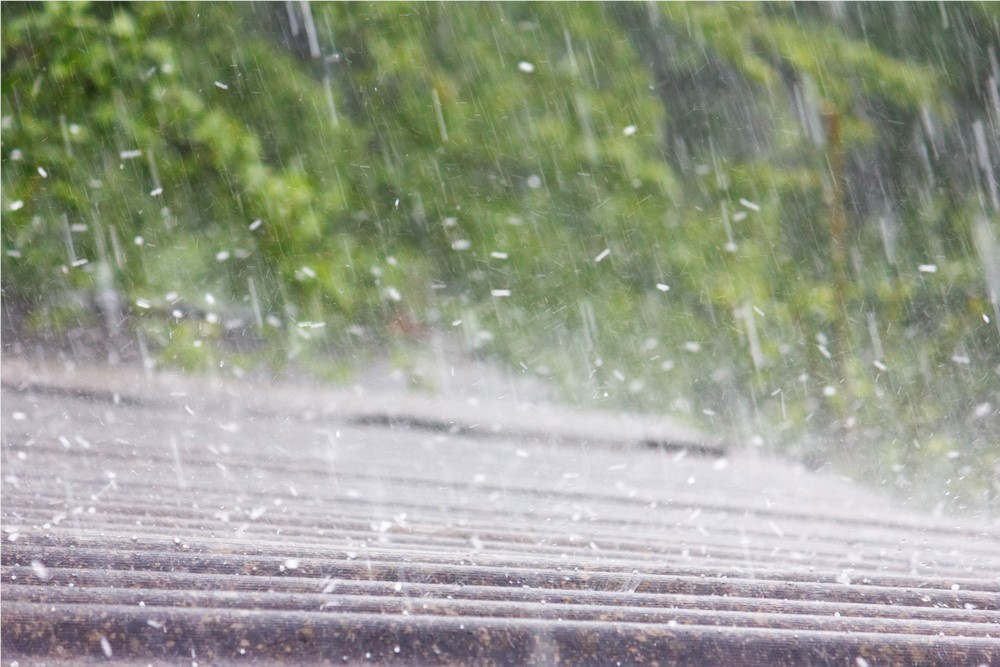
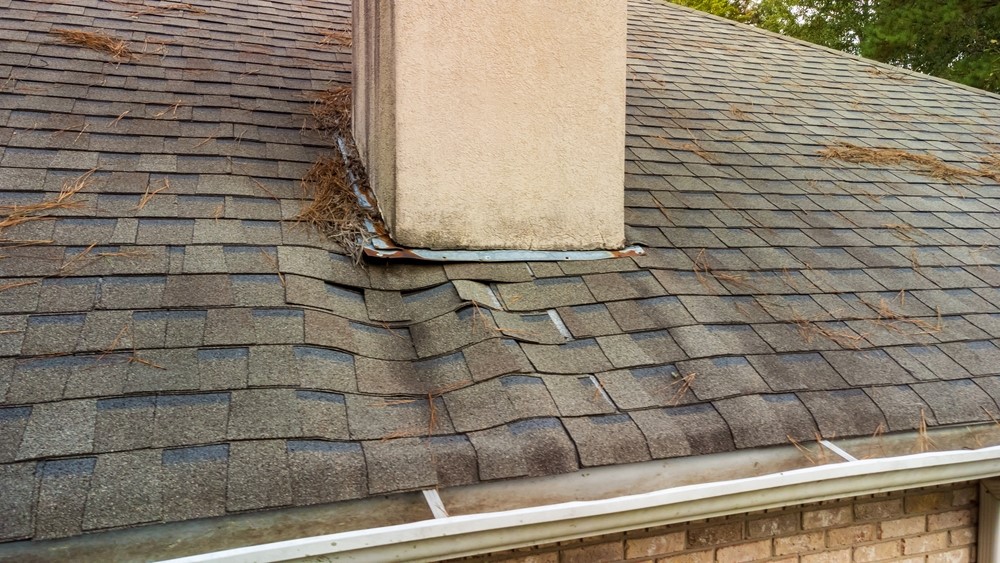
Comments